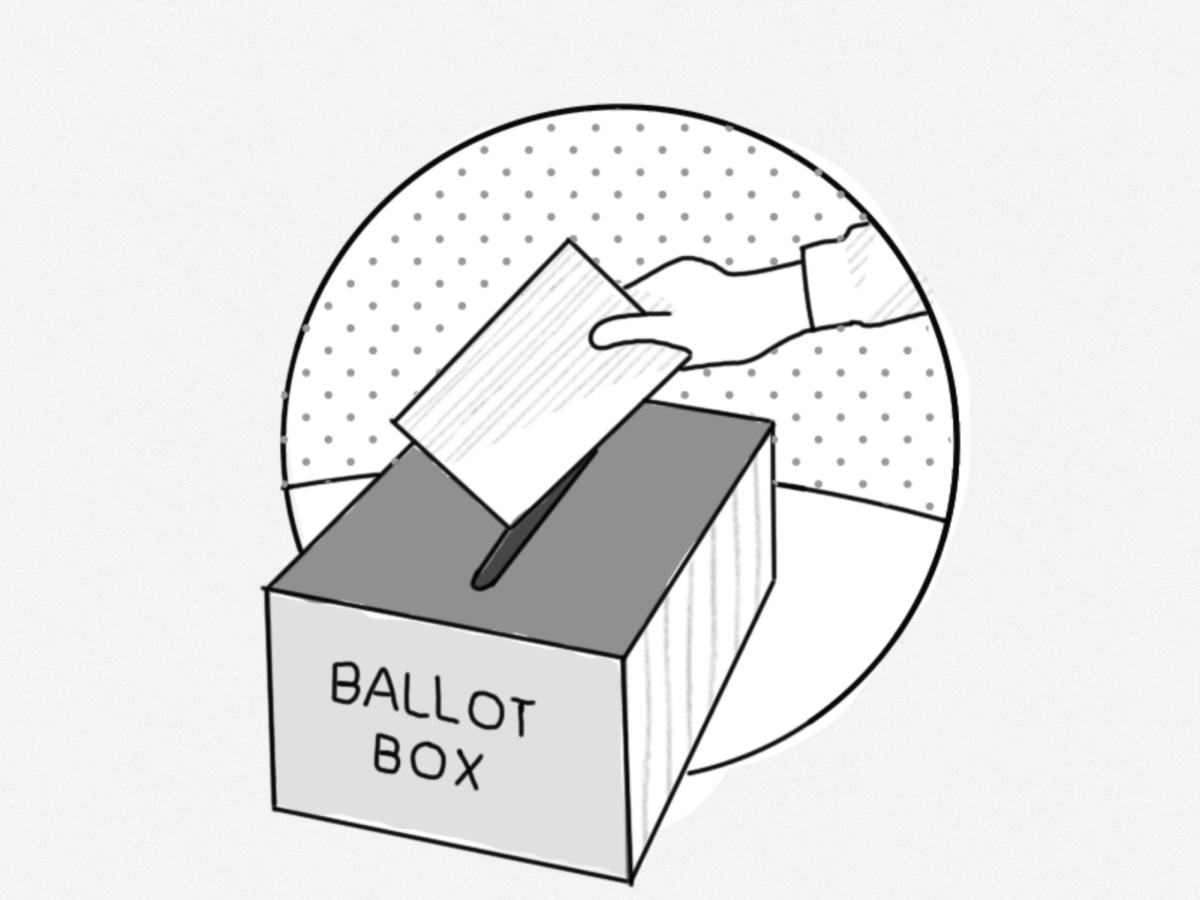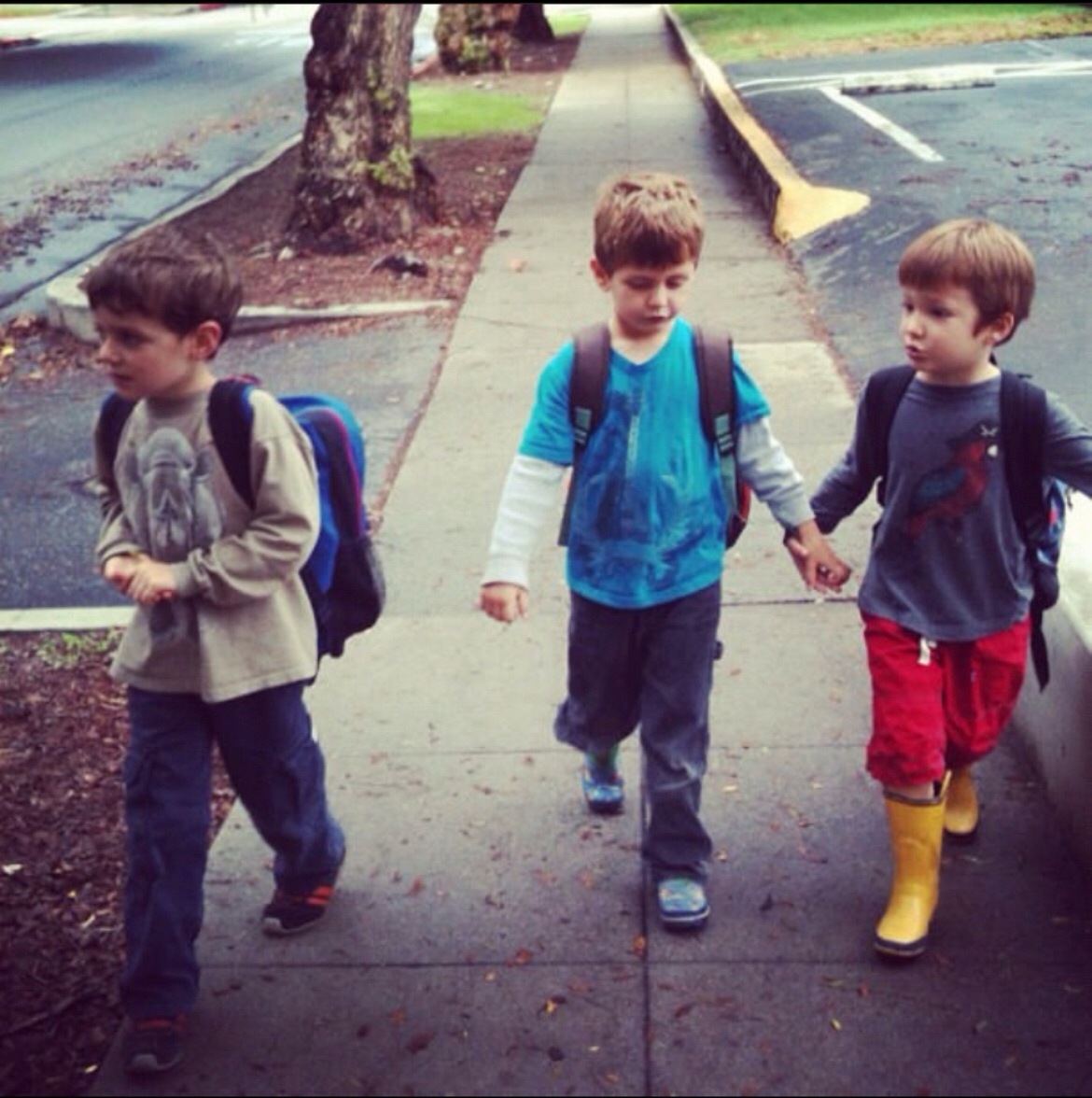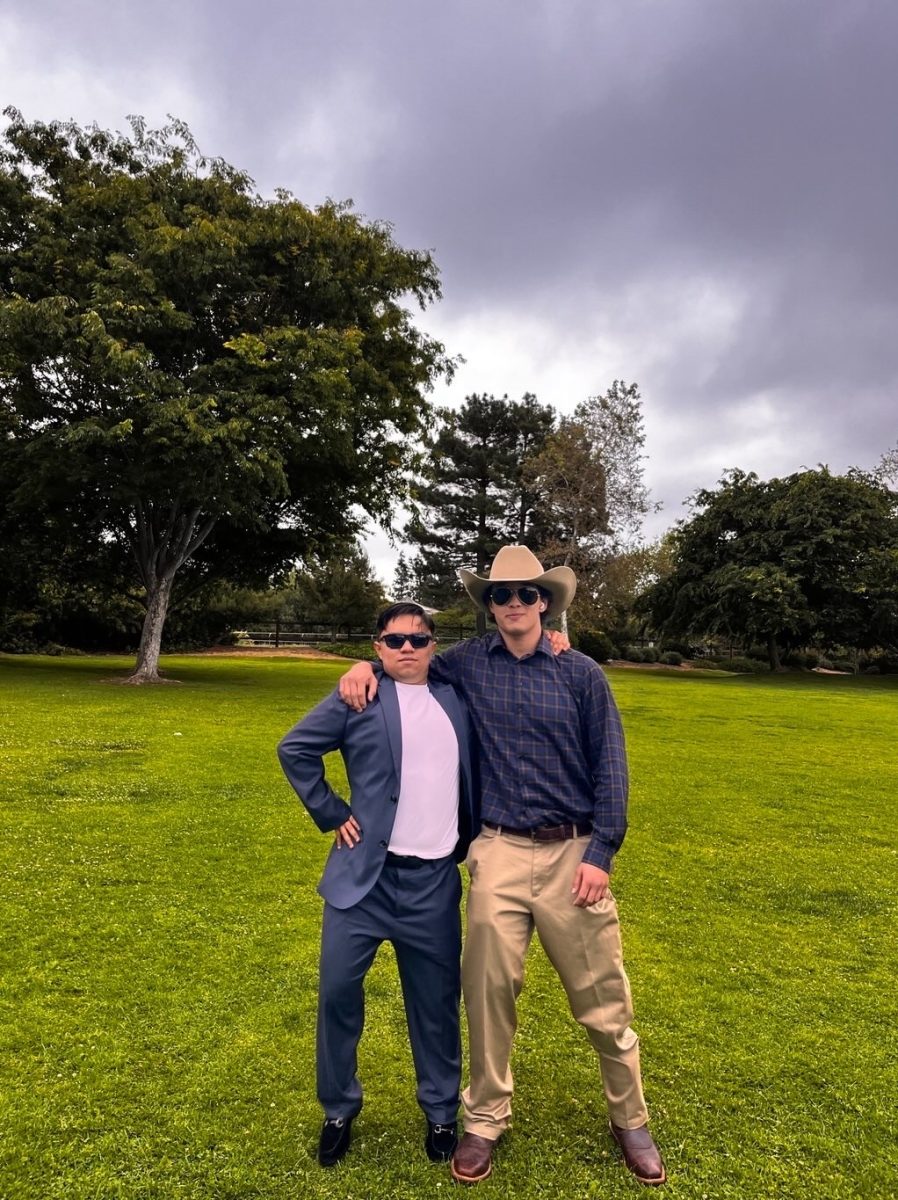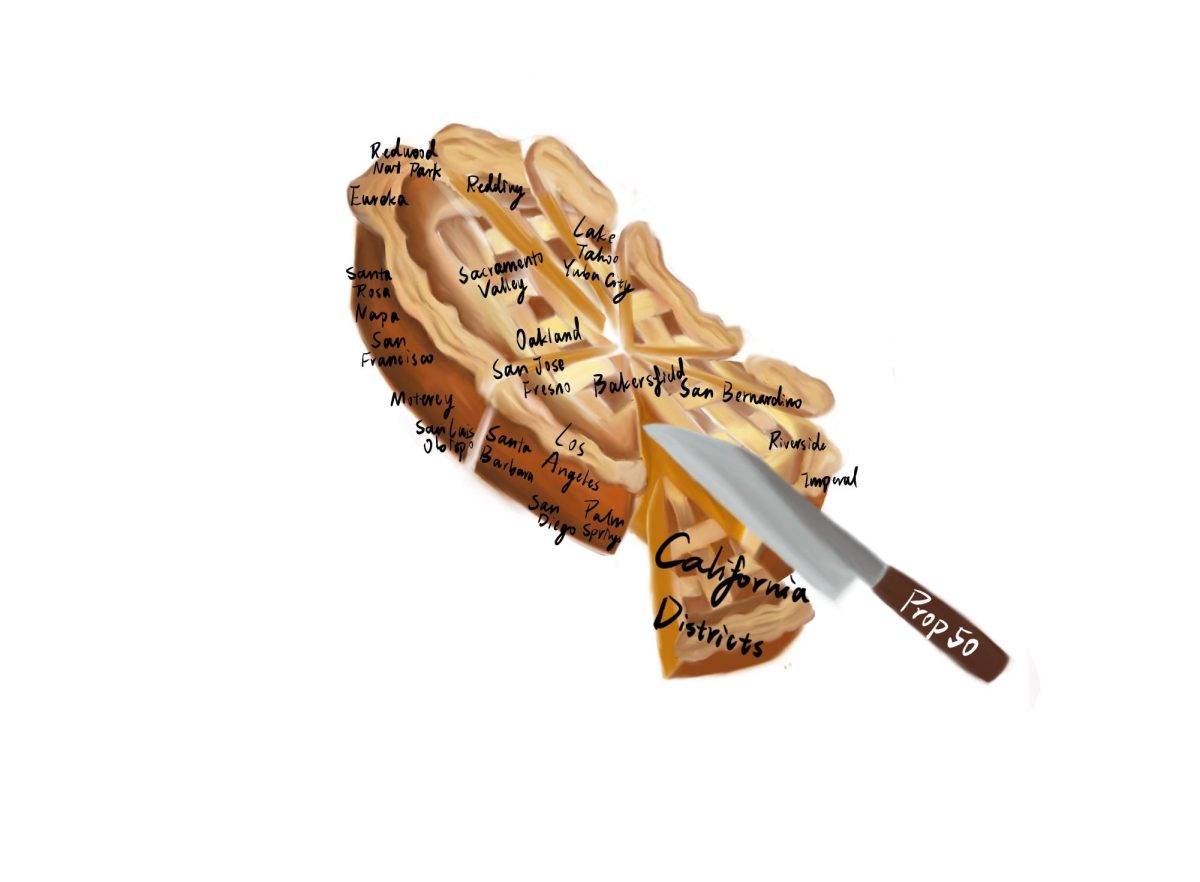In recent years, the way that people behave during US elections has changed significantly. In previous decades, people were kinder to each other in election years. People used to be able to talk to each other respectfully when it came to politics and who they were voting for in the elections. Times have changed. While it seems unthinkable now, people used to vote for the other political party in elections that were not the presidency. For example, a registered Democrat might vote for the Republican candidate in their state’s election for governor. It used to be considered normal for people to do this. However, that is no longer the case.
The two political parties have grown ideologically apart. In the 1960s, the Democratic and Republican parties were significantly closer in ideology than they are today. After all of the movements of the ‘60s, such as the Civil Rights movement and the Anti-War movement for the war in Vietnam, the divide in party views began to take hold. The Republican party began to move to the right, and the Democratic party to the left. Now, each party is associated with representing one extreme side of the political spectrum.
The ideological separation of the parties has caused the amount of political polarization in the US to rise. Polarization is defined as the ideological distance between people in relation to politics. The political polarization in the US has reached a state where some people are no longer able to respect each other if they have different views on politics.
In addition, the almost half-and-half split between membership in the Democratic party and the Republican party has led to a decline in sweeping wins in presidential elections. For example, the last president to win the election by a landslide was George H.W. Bush, with 426 votes. In recent elections, a candidate has won by a lot, but the days of sweeping wins are over. For example, in the 2008 and 2012 presidential elections, Obama won 365 and 332 votes, which is a large majority, but not a massive victory. There are no more landslide wins in presidential elections because people are only willing to support their own party–voting for another party is unthinkable to many voters in this day and age.
The use of political violence in US elections has also significantly increased in the past couple of years. For example, the Carnegie Endowment for International Peace states that in 2016, there were 902 violent threats against members of Congress. In 2021, that number rose to 9,600. Political violence is being seen more and more as an acceptable tool by some to try to influence election results.
Elections and the political climate of the US have changed significantly in the past several decades. Going into the presidential election in November, it is important to understand how America has reached the level of polarization that it is at now.



















